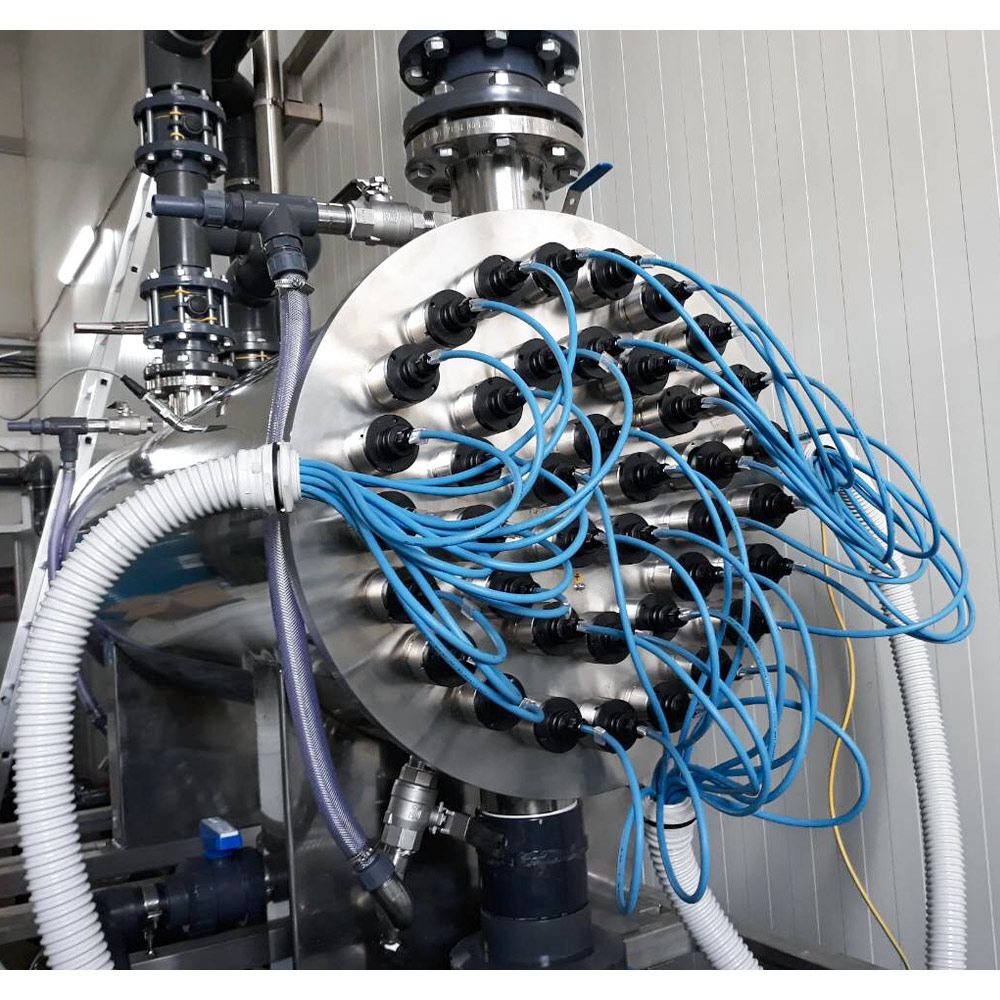However, the activated carbon bed is a breeding ground for bacteria, which makes the activated carbon filter particularly exposed and vulnerable to micro-organisms.
Furthermore, the activated carbon bed reduces, by adsorption, the level of organic material in the stream but by retaining it serves as a nutrient for the bacteria, which then have a way to multiply. The increase of the bacteriological level leads to the problem of packing of the activated carbon bed.
UV technology can be used as an alternative to activated carbon for the destruction of free chlorine.
UV technology is an environmentally friendly technology, and this aspect is often taken into consideration when weighing the different options available.
SITA that has been in the market since 1982 offers suitable solutions for chlorine destruction and reduction using UV equipment.
The use of UV technology for the elimination of residual chlorine and chloramines has several advantages.
UV irradiation does not alter the characteristics of the water, which therefore remains unchanged in colour, odour, chemical composition, taste, and also does not produce under products.
The UV process is incredibly fast, efficient, and environmentally friendly.
The use of UV rays for the elimination of free chlorine in water has many proven advantages:
Dechlorination by UV also avoids the following problems arising from the use of activated carbon:

Programma Regionale FESR 2021-2027 – Azione 1.2.3 "Sostenere l’introduzione di pratiche e tecnologie digitali nelle imprese”.
Bando “Supporto allo sviluppo di progetti di digitalizzazione nelle micro, piccole e medie imprese” - Anno 2024.










